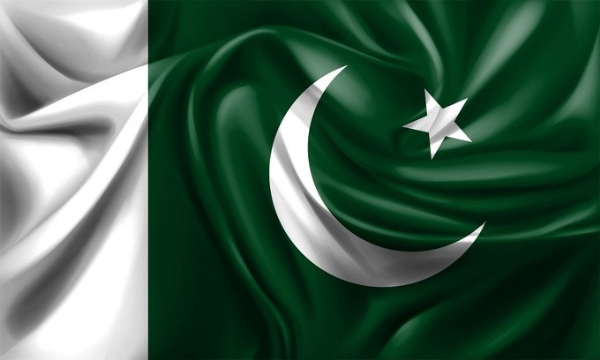Pakistan is set to become the 4th biggest debtor of IMF
Total Views |
Islamabad, Jul 4: Pakistan heaved a sigh of relief late last week after striking a staff-level agreement with the International Monetary Fund for $3 billion in funding on a nine-month stand-by arrangement. This move has made the country the fourth-largest IMF borrower in the world. This comes after Pakistan, facing its worst economic crisis since independence from Britain in 1947, was in March ranked fifth in the list of countries with the highest borrowing from the International Monetary Fund (IMF), The Express Tribune newspaper reported, citing the global lender’s data.

However, now the South Asian nation will move to the fourth place. The deal, which still needs to be approved by the IMF’S board, comes after an eight-month delay. The IMF’s bailout package, Pakistan’s 23rd since independence in 1947, was halted in November 2022 because the government failed to meet the IMF’s lending criteria. These included a long list of measures: lowering energy subsidies, privatizing state-owned enterprises, reducing the fiscal deficit, and so on. In terms of loans from the IMF, Argentina ranked first with $46 billion, Egypt stood in second place with $18 billion, Ukraine came in third with $12.2 billion (Rs 1 lakh crore), Ecuador took the fourth spot with $8.2 billion, and Pakistan was at fifth position with $7.4 billion.
A dubious distinction we as a nation must be ashamed of. https://t.co/zbciXWKims
— Khawar Ghumman (@Ghummans) July 3, 2023
With loans from the global lender worth $10.4 billion (Rs 85,239,960 crore), Pakistan will overtake Ecuador to become the world’s fourth-largest IMF borrower. Cash-strapped Pakistan faces an acute balance of payments crisis because of the spillovers from the war in Ukraine and domestic challenges. Despite a total of 93 countries owing it money, the IMF’s top 10 debtors, including Pakistan, still account for the lion’s share of 71.7 percent of the outstanding balance of $155 billion. Pakistan also holds the “title” of being the largest IMF borrower in the Asian region, according to the report. Other Asian countries that borrowed from the IMF, including Sri Lanka, Nepal, Uzbekistan, the Kyrgyz Republic, Armenia (West Asia), and Mongolia, are far behind Pakistan in terms of taking loans from the global lender. According to IMF statistics, as of 31 March this year, the global lender had issued loans of $155 billion or $115.2 billion in special drawing rights (SDRs) to balance the world’s financial position and support weak economies. This dollar figure was calculated using IMF data on the value of an SDR on 31 March this year, which stood at $1.345. The global lender uses the SDR as a unit of account to assess the value of support it extends to its member countries. In August 2022, the IMF extended $1.1 billion to Pakistan as part of a $6.5 billion program agreed back in July 2019. Only 19 of the IMF’s member countries have a $1 billion or more debt, the report said. The high ranking in the list of IMF borrowers calls for sustainable development for Pakistan by pulling the country out of the debt trap instead of trumpeting the approval of a loan from the global lender under the stand-by arrangement.
An integrated plan should be followed to take Pakistan in this direction, the report said. The $3 billion funding under the SBA, spread over nine months, is higher than expected for Pakistan. The country was awaiting the release of the remaining $2.5 billion from a $6.5 billion bailout package agreed in 2019, which expired on 30 June. Pakistan’s economy has been in a free fall mode for the last many years, bringing untold pressure on the poor masses in the form of unchecked inflation, making it almost impossible for a vast number of people to make ends meet. According to the State Bank of Pakistan, inflation in the country was at a reported record-high of 38 percent on a year-over-year basis for the month of May. According to the Multidimensional Poverty Index 2022 of the United Nations Development Programme, up to 38 percent of Pakistan is multidimensionally poor.